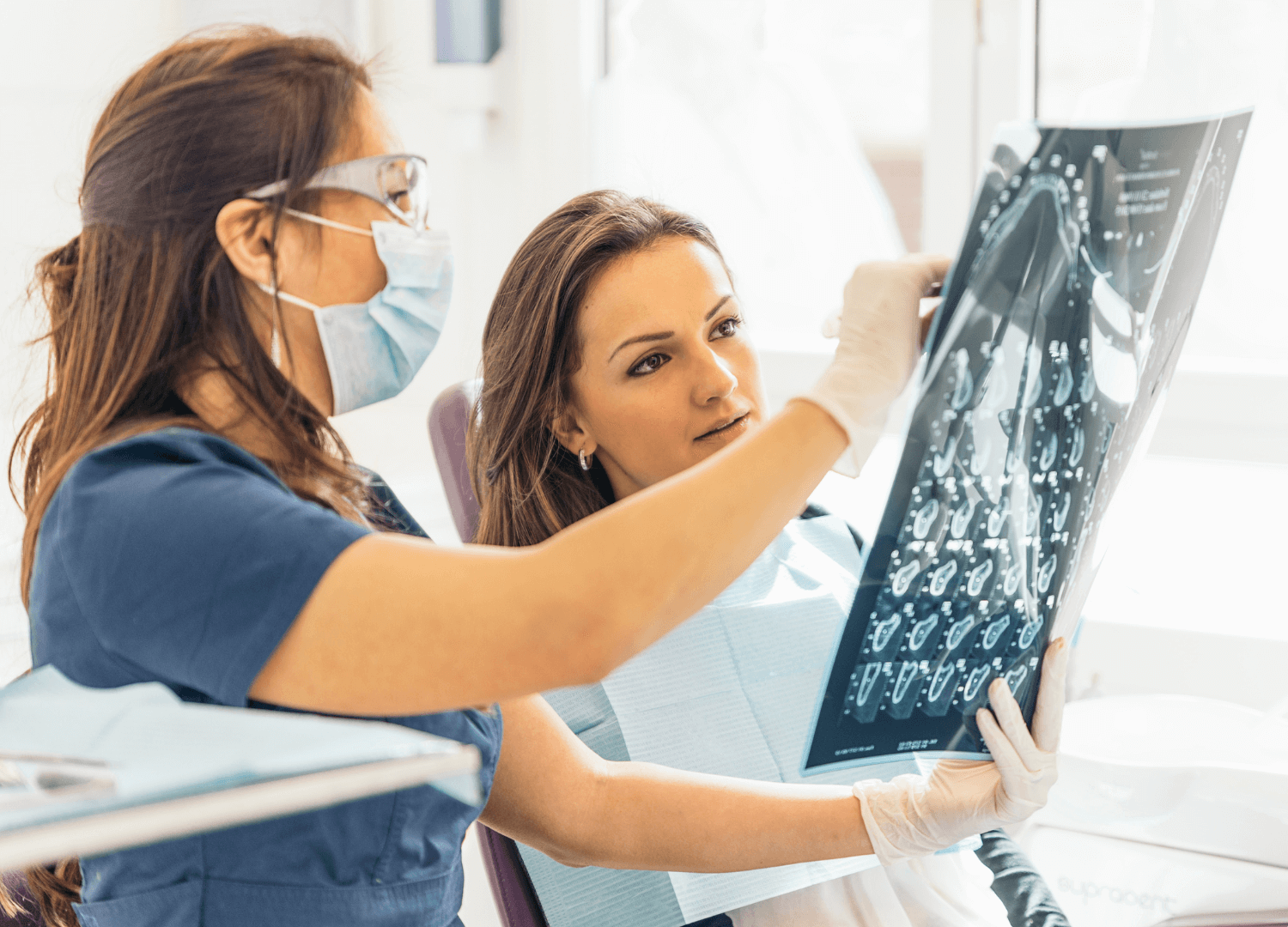Braces: Talking Tips for a Better Smile
When you first get braces, you may experience some difficulty speaking due to your teeth gradually moving into their new positions. To help you manage this challenge, Alliston Orthodontics & Oral Surgery has some tips to share. Keep in mind that it may take some time to get used to your new braces, but with practice, you should be able to speak normally again.
If you are having trouble speaking properly with your new braces, it’s important to remember that there is no need to feel embarrassed. Many people experience difficulty communicating after getting braces, and it is completely normal. With a little perseverance, you should be able to overcome this challenge in a short period of time. Here are a few suggestions that may help:
Remember that this is only temporary
When you first start using orthodontic equipment, you may experience unfamiliar sensations that make it difficult for your tongue and other oral and facial structures to move as naturally as you are used to when speaking. However, these structures will eventually adjust to the new equipment. It’s just a matter of time. In the meantime, you may find it helpful to take it slow when speaking and to practice speaking out loud or reading aloud to yourself. This can help you get a feel for how your orthodontic equipment is affecting your speech and give you a chance to adjust. If you have any concerns or need additional help, don’t hesitate to reach out to your orthodontist or dentist for assistance.
Learn about basic speech functions
Investing some time in becoming more familiar with your speech functions can be helpful. Not only will this allow you to understand how various parts of your body contribute to your ability to communicate, but it will also provide you with valuable tools to help you return to speaking in your usual manner. To improve your understanding of your speech functions, you may find it helpful to practice speaking out loud or reading aloud to yourself, use a mirror to observe how your mouth and face move when you speak, and relax to reduce any anxiety or self-consciousness that may be impacting your speech. If you have any concerns or need additional help, don’t hesitate to reach out to your orthodontist or dentist for assistance.
Invest in some orthodontic wax
Orthodontic wax is designed to create a barrier between your braces and the inside of your cheeks to prevent them from rubbing together. This can help reduce friction and make it easier for you to speak comfortably. It may also help alleviate some of the pain that can be caused by braces rubbing against your cheeks. If you are experiencing discomfort from your braces, using orthodontic wax as directed by your orthodontist or dentist can be a useful solution. Remember to replace the wax as needed, as it may become worn or fall off over time. If you have any questions or concerns about using orthodontic wax, don’t hesitate to ask your orthodontist or dentist for guidance.
Practice
To become more comfortable speaking with braces, it’s important to practice speaking as much as possible. Some ways to do this include singing, speaking out loud, reading aloud to yourself, or even doing speech exercises (which can often be found online for free).
Watching yourself in a mirror or on video as you practice speaking can be helpful, as it allows you to more easily identify any areas where you are struggling and work on improving them. Alternatively, you can record yourself and then listen back to identify any trouble spots. Remember to be patient with yourself as you adjust to speaking with braces, and don’t hesitate to reach out to your orthodontist or dentist for additional help or guidance if needed.
Slow down a little bit
Wearing braces can help you focus on your pronunciation and enunciation while speaking, which can aid in the adjustment process to having the braces. Over time, this practice can also help you become a more effective public speaker in a variety of situations. In the short term, focusing on your speech while wearing braces can help your mouth become accustomed to the new orthodontic equipment. If you have any concerns or need additional assistance with speaking while wearing braces, don’t hesitate to reach out to your orthodontist or dentist for help.
Stand up straight
Proper posture plays a role in the mechanics of speech. When you stand up straight and tall, with relaxed shoulders and your chin up, your diaphragm and larynx are positioned in a way that allows you to speak with your natural rhythms and optimal pitch. Additionally, taking deep breaths in through your nose until you feel your stomach expand can help calm any anxiety you may have about speaking. Remember to practice good posture and deep breathing techniques while speaking, as they can help you communicate more effectively. If you have any questions or concerns about improving your posture or speaking techniques, don’t hesitate to ask your orthodontist or dentist for guidance.
Our team at Alliston Orthodontics & Oral Surgery is here to help make your transition with braces as seamless as possible! Contact us for any questions, new consultations or appointments for existing patients.










